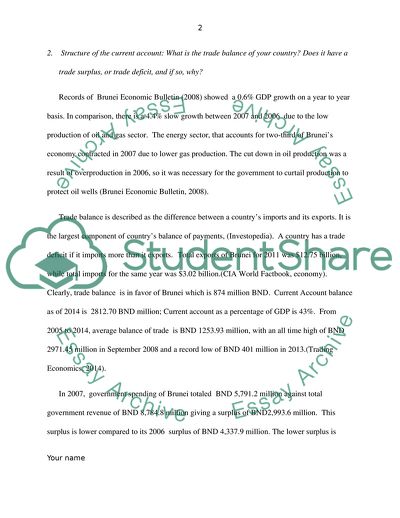Cite this document
(Brunei Economic factors Essay Example | Topics and Well Written Essays - 1500 words, n.d.)
Brunei Economic factors Essay Example | Topics and Well Written Essays - 1500 words. https://studentshare.org/finance-accounting/1829762-brunei-economic-factors
Brunei Economic factors Essay Example | Topics and Well Written Essays - 1500 words. https://studentshare.org/finance-accounting/1829762-brunei-economic-factors
(Brunei Economic Factors Essay Example | Topics and Well Written Essays - 1500 Words)
Brunei Economic Factors Essay Example | Topics and Well Written Essays - 1500 Words. https://studentshare.org/finance-accounting/1829762-brunei-economic-factors.
Brunei Economic Factors Essay Example | Topics and Well Written Essays - 1500 Words. https://studentshare.org/finance-accounting/1829762-brunei-economic-factors.
“Brunei Economic Factors Essay Example | Topics and Well Written Essays - 1500 Words”. https://studentshare.org/finance-accounting/1829762-brunei-economic-factors.


